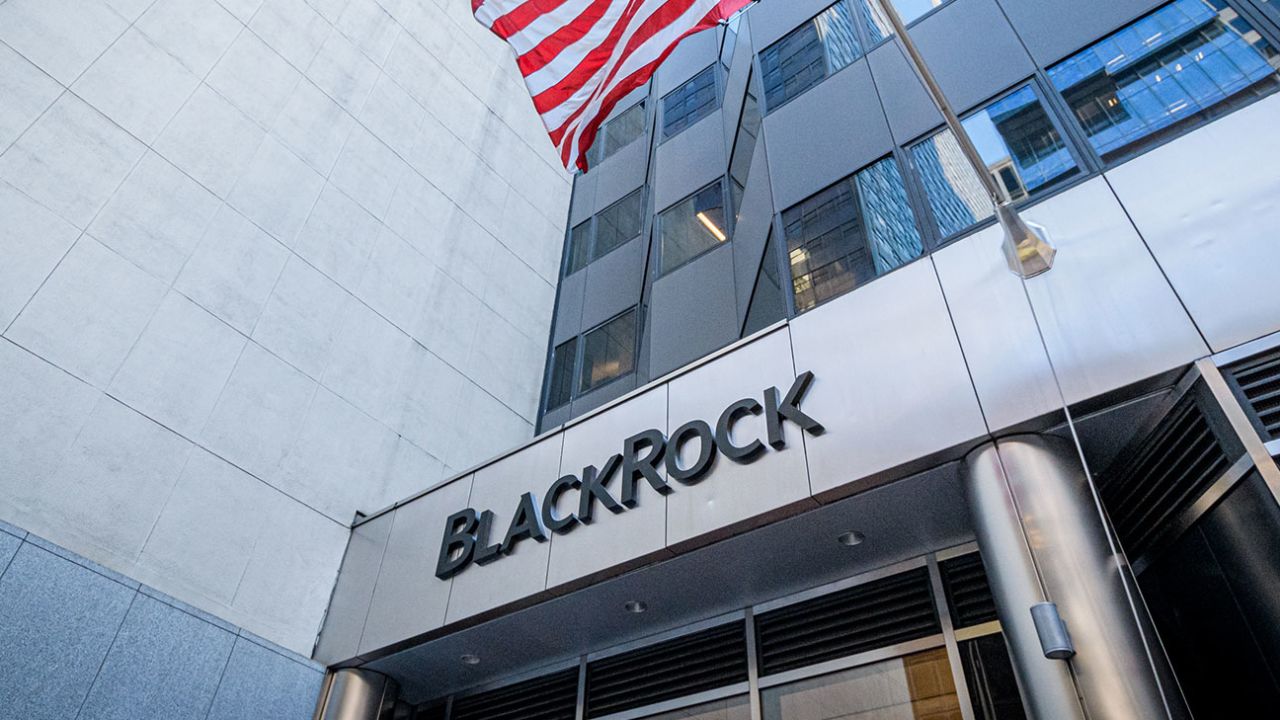
BlackRock’s Bitcoin ETF has been performing remarkably well, given that it has been less than one month since the SEC gave them and ten other spot Bitcoin ETF issuers the green light to list them on the exchanges.
The dominance of BlackRock’s iShares Bitcoin Trust exchange-traded fund (ETF) was so high that it stood at the top 0.16% of all the ETF products issued in the United States.
To put it into perspective, there are currently 3,109 ETF products available for trading on different exchanges in the United States. BlackRock being in the top 0.16% means it has performed better than the other 99.84% ETF-related products currently available.
The consensus is that it would have performed even better; in other words, its ranking would have been higher had it been approved earlier and not missed the first seven trading days on the Nasdaq while waiting for approval from the SEC.
The current total in inflows of BlackRock’s IBIT spot Bitcoin ETF is valued at $3.19 billion, according to the data provided by senior Bloomberg ETF analyst Eric Balchunas, who has now become the voice of all the ETF-related news going in the crypto space.
Balchunas also pointed out that what’s impressive regarding BlackRock’s current performance is that only broad index funds tracking the S&P 500 and Vanguard’s Total Stock Market ETF have had higher inflows during this period.
Broad index funds are investment funds that passively track the performance of a specific stock market index, like the S&P 500. They aim to hold all or most of the stocks in the index in proportion to their market capitalization (company size). It means that their performance closely mirrors the index they track.
Vanguard’s Total Stock Market ETF (VTI) is an exchange-traded fund that aims to track the performance of the entire U.S. stock market. VTI seeks to mirror the performance of the CRSP US Total Market Index, which represents approximately 100% of the investable U.S. stock market. It includes large, mid, and small-cap stocks across various sectors, providing investors with broad diversification across the American market.
The statistics on BlackRock’s ETF flows so far were first revealed by YCharts, which showed that BlackRock was standing in the top 0.16% when compared against 3,109 ETFs currently active in the U.S. market.
Balchunas calculated, putting BlackRock’s performance at the top 0.02%. However, the consensus is that his data size was an estimated 10,000 ETFs currently available for trading globally, not just in the U.S.
Fidelity’s Bitcoin ETF has also demonstrated strong performance, boasting $2.51 billion in assets and securing the eighth spot among ETFs based in the United States.
The BlackRock and Fidelity Bitcoin ETFs are steadily climbing, with BlackRock’s ETF previously holding the eighth position and Fidelity’s the tenth by the end of January.
It’s important to note that while the total flows of traditional U.S. ETFs are calculated from January 1, 2024, Bitcoin spot ETF products were only approved for trading on January 11. As a result, Bitcoin ETFs have a seven-trading-day lag compared to other ETFs.
And if you look at the recent data shared by BitMex, the gap between BlackRock and Fidelity’s spot Bitcoin ETFs is widening against the other seven spot Bitcoin ETF issuers.
Ark 21Shares, Bitwise, Franklin Templeton, Hashdex, Invesco Galaxy, VanEck, Valkyrie, and WisdomTree are the other spot Bitcoin issuers in the U.S. whose inflow data is compared with BlackRock and Fidelity. Grayscale’s inflow data has not been used in this analysis.
ARK 21Shares and Bitwise hold the third and fourth positions among spot Bitcoin ETFs, respectively, accumulating $683.7 million and $663.6 million inflows.
In addition to these, Invesco Galaxy and Valkyrie are also notable Bitcoin ETF issuers, each recording over $100 million in total flow. On the other hand, WisdomTree trails behind the others, with only $11.1 million in total flow.
The net flows into all these ten spots. Bitcoin ETFs currently stand at a whopping $1.5 trillion at the time of writing. The net inflow is calculated from the day these ETFs were available for trading.
Another important aspect of this ETF scenario is that everyone focuses on the outflows of Grayscale’s converted spot Bitcoin ETF. The GBTC recorded its sixth consecutive day of shrinking outflows, with $73 million seen leaving the GBTC on February 6.
Both BitMEX research and another senior Bloomberg ETF analyst, James Seyffart, reported the data.
There was a time not so long ago when the GBTC’s outflows were beating the inflows toward the rest of the spot Bitcoin ETFs combined. However, BlackRock and Fidelity have started to change the trend, and we are seeing much greater inflows than GBTC’s outflows.
The most recent numbers reflect an 88% decrease from the largest outflow day for Grayscale, which occurred on January 22 when $640 million exited from the newly transformed ETF.




